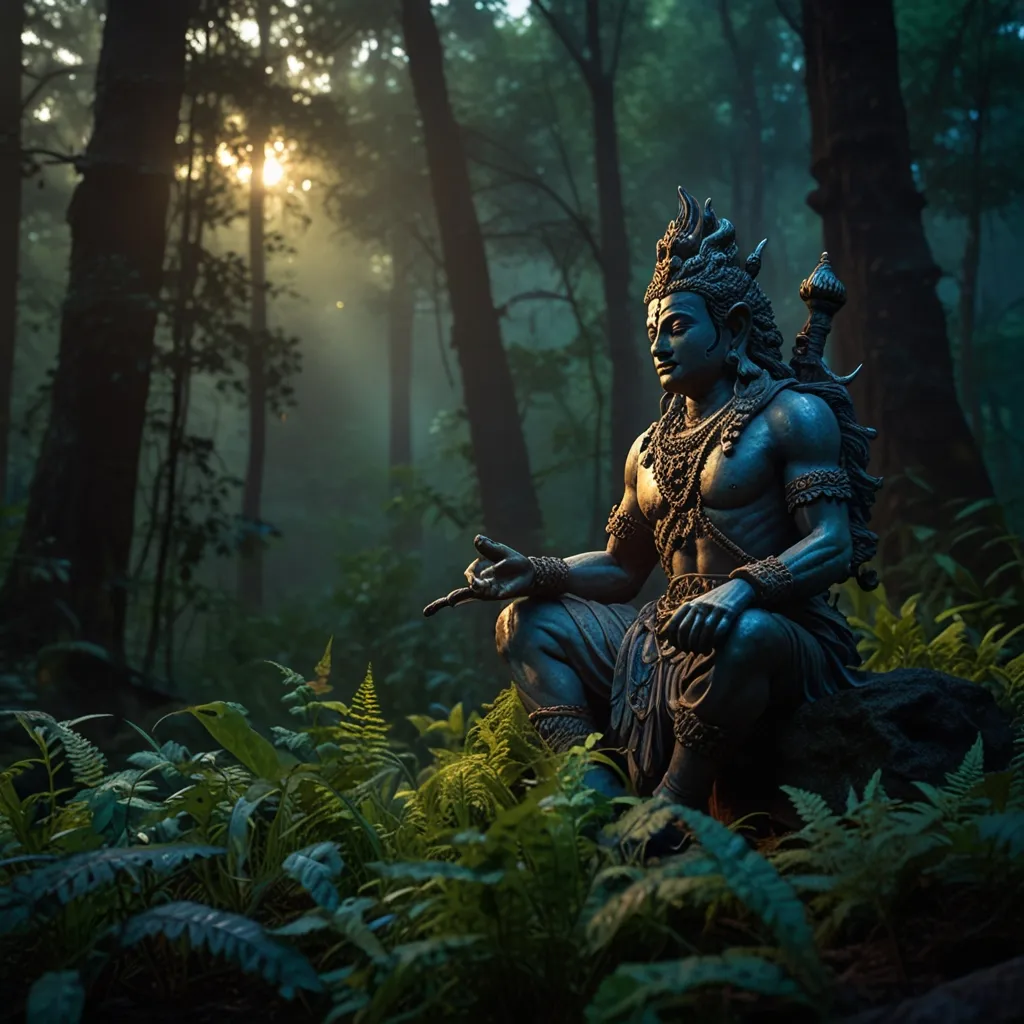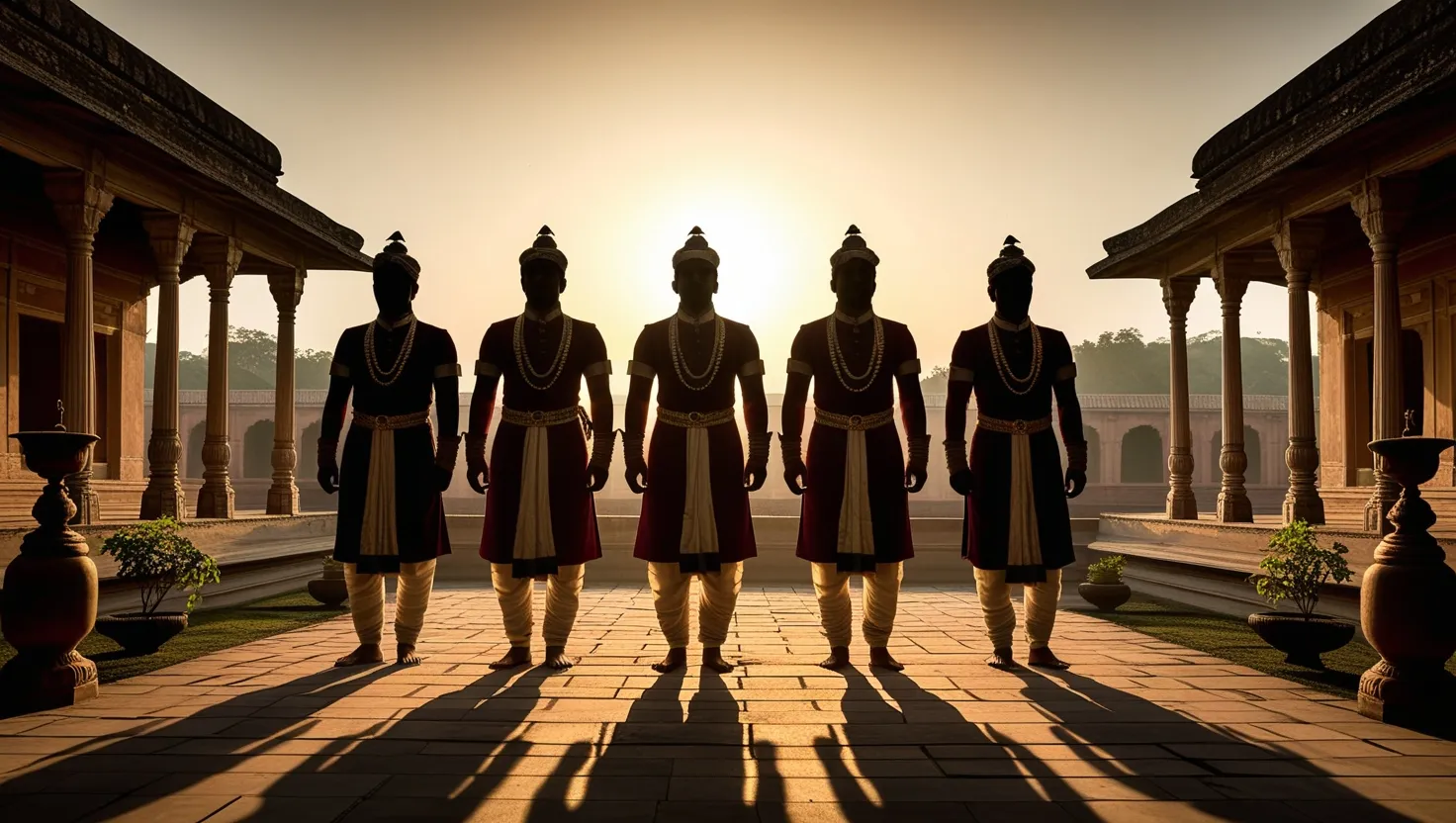In the vast and intricate tapestry of Vedic philosophy, there exists a powerful concept that has been a cornerstone of spiritual and personal growth for centuries: Sankalpa Shakti. This term, often translated as the “power of will” or “creative will-force,” encapsulates the idea that our thoughts, intentions, and resolutions have the profound ability to shape our reality.
To understand Sankalpa Shakti, we must first delve into its etymology. The word “Sankalpa” is derived from two Sanskrit words: “San,” meaning a concept or idea formed in the heart, and “Kalpa,” signifying a way of proceeding or a rule to be observed. Together, they form a concept that is both a vow and a resolution, reflecting our highest aspirations and deepest desires.
In the ancient Vedic texts, including the Rig Veda, Sankalpa is highlighted as a fundamental principle for achieving any meaningful goal. It is not just a modern-day resolution or intention but a deeply rooted determination that connects us to our highest truth and life purpose. This connection is what is referred to as Sankalpa Shakti.
The power of Sankalpa Shakti lies in its ability to bridge the gap between desire and manifestation. When we form a Sankalpa, we are not merely wishing for something; we are making a solemn promise to ourselves to achieve it. This promise is backed by the determination and willpower that drive us to overcome any obstacles and stay committed to our goals.
In yogic traditions, Sankalpa is often practiced during Yoga Nidra, a state of deep physical rest and high mental receptivity. Here, the Sankalpa is mentally repeated at the beginning and end of the practice, much like sowing seeds of change. This repetition helps to break away from old habits and thought patterns, allowing us to channel our energies in the right direction.
The process of crafting a Sankalpa is both introspective and deliberate. It begins with deep listening to oneself, uncovering the deepest desires that are not driven by superficial wants but by a deeper sense of purpose. For instance, if your desire is to lose weight, the deeper feeling might be to feel vibrant and healthy, or to cultivate self-love. By distilling these desires into powerful, positive affirmations, you create an “I AM” statement that acknowledges what you seek is already within you.
For example, instead of saying “I want to be healthier,” you would say “I am healthy and vibrant.” This shift in language is crucial because it reinforces the belief that you already possess what you desire, rather than constantly striving for something you lack. This mindset is at the heart of Sankalpa Shakti, where the focus is on the journey rather than the destination.
Sankalpa Shakti is also deeply intertwined with the concept of the mind as the chief architect of our lives. Ancient seers and yogic traditions emphasize that the mind has measureless capacity to affect the quality and content of our lives. Every thought influences our mind, creating vibrations that affect our whole life and destiny. Therefore, the power to shape our future begins with learning to focus our mind and harness its creative potential.
This idea is echoed in the words of the Buddha, “The mind is everything. What you think you become.” By cultivating Sankalpa Shakti, we are essentially training our minds to be the rulers of our fate. This involves overcoming resistance, expanding our capacity, and ordering our body and senses to function under the leadership of our mind.
In spiritual practices, Sankalpa Shakti plays a pivotal role in personal growth and self-inquiry. It helps direct our actions and thoughts in a conscious manner, breaking away from the set ways in which we are used to thinking and acting. This conscious direction is what enables us to make meaningful progress toward any worthwhile goal.
Moreover, Sankalpa Shakti is not just a tool for personal transformation but also a cosmic force that shapes the universe itself. In Vedic thought, the creation of the universe is often attributed to the divine will or Sankalpa of the gods. This will-force is what brings order and structure to the chaos, illustrating how our own Sankalpa can bring order and purpose to our lives.
The role of Sankalpa in the creation myth is a powerful metaphor for our own creative potential. Just as the gods used their Sankalpa to create the universe, we can use ours to create our own reality. This perspective underscores the importance of intention and visualization in manifesting our desires.
However, cultivating Sankalpa Shakti is not without its challenges. Our minds are often influenced by past conditioning and subtle impressions known as samskaras. These impressions can affect our determination and lead our minds astray. To overcome this, we need to fill our minds with the awareness of Brahman, the highest truth, and engage in contemplation to awaken these subtle impressions.
Contemplation, in this context, is more than just thinking; it is a conscious effort to align our thoughts, speech, and actions with our highest aspirations. By doing so, we ensure that our Sankalpa is not just a fleeting desire but a deep-seated resolve that guides us through life’s challenges.
In practical terms, this means integrating our Sankalpa into our daily lives. Every conscious choice we make is an opportunity to strengthen our resolve and shape our reality. Whether it is through our asana practice, our interactions with others, or our daily routines, repeating our Sankalpa helps to nourish our mind’s willpower.
For those who practice yoga or meditation, incorporating Sankalpa into their routine can be particularly beneficial. It adds a layer of depth to their practice, making it more than just a physical or mental exercise but a spiritual journey toward self-realization.
In conclusion, Sankalpa Shakti is a profound concept that offers a unique perspective on the power of intention and visualization in Vedic philosophy. By understanding and harnessing this creative will-force, we can shape our reality, achieve our goals, and align ourselves with our highest truth. Whether you are a spiritual seeker, a yoga practitioner, or simply someone looking to empower your life, the concept of Sankalpa Shakti provides a powerful tool for personal growth and transformation.
As you embark on this journey of discovering Sankalpa Shakti, remember that it is a continuous process of self-reflection, determination, and conscious action. By integrating this concept into your daily life, you will find that your thoughts and intentions become the architects of your destiny, guiding you toward a life that is more aligned with your deepest desires and highest aspirations.






